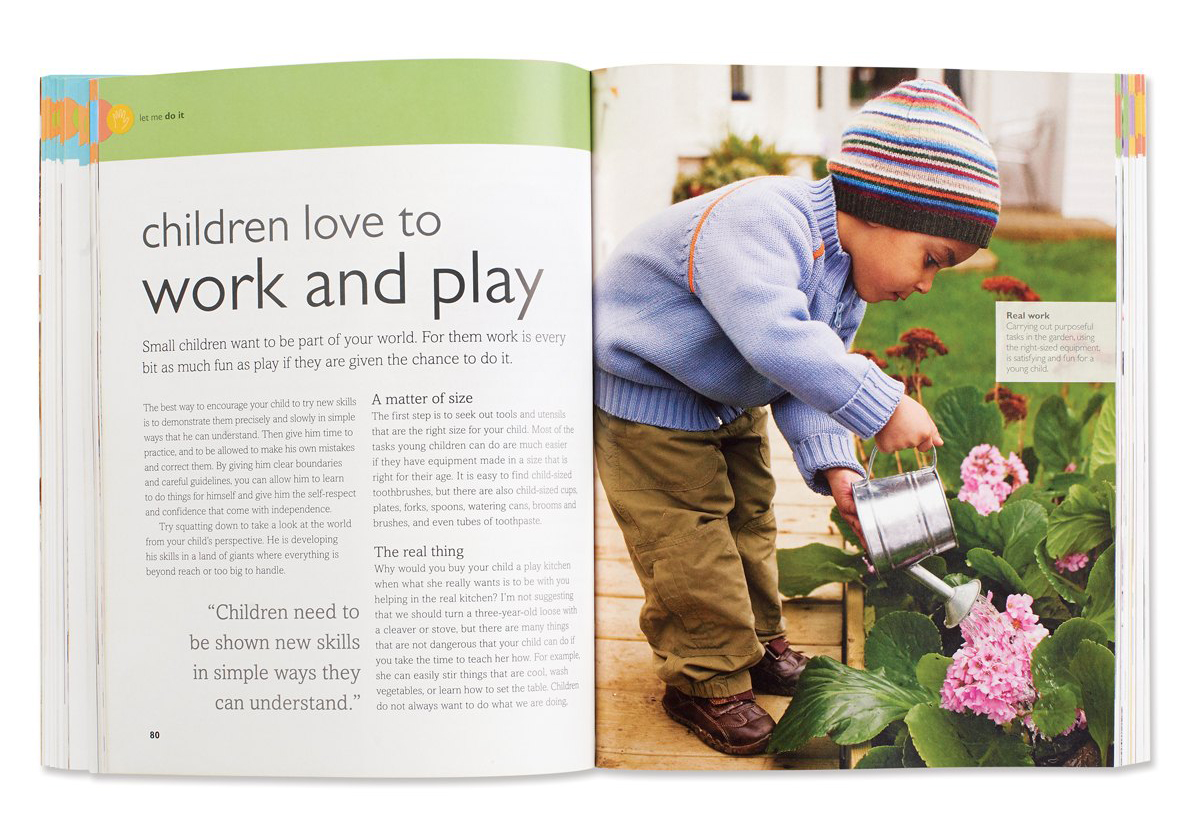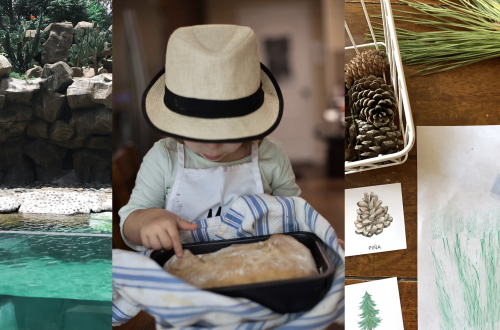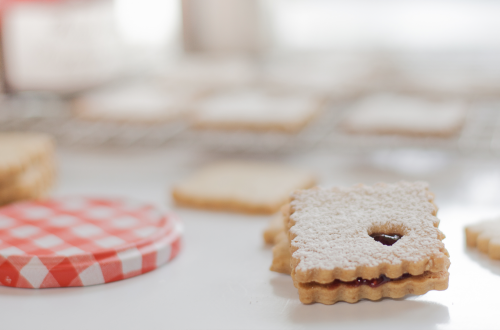
Fostering a spirit of teamwork, respect, confidence and independence in the early years
Discovering the Montessori method was a turning point in how I approached parenting, especially when it came to fostering values like teamwork, respect, confidence, and independence. It all started by accident while browsing Pinterest one day, I stumbled upon a pin titled “How to Raise a Helper,” accompanied by a picture of a little girl cleaning a window from there it quickly became a journey of learning that transformed our home. As I learned more about Montessori, I realized that it’s not just a curriculum for schools—it’s a way of life that can be applied at home to create a more harmonious and supportive environment for our children.
Parenting is often described as the one job that doesn’t come with a manual, leaving us to navigate the journey with trial and error. While it’s true that every child is unique, the Montessori method offers invaluable insights into what to look for, how to connect with our children, and understand their needs better. It provides information about development, interests, needs, capabilities and emotional milestones at each age. By applying Montessori principles at home, we can create a harmonious environment where our children—and we, as parents—can truly thrive.
This post is a reflection on how these principles have positively impacted our family, and I hope it offers some inspiration and guidance for those looking to do the same. While I’m not an expert, I’m excited to share what I’ve learned and the resources that have helped me along the way.
The Role of the caregiver is crucial
To truly nurture and guide our children, we must first invest in our own growth and well-being. Montessori emphasizes that as caregivers, we need to practice physical self-care, embrace mindfulness, keep a learning mindset and slow down to be fully present with our children. It’s about being honest with ourselves and our kids, learning from our mistakes, and continuously striving to be the role models they need. By working on ourselves, we create an environment where our children can thrive, learning by example and growing into their best selves. I struggled to understand this at first—wondering how I could possibly make time for self-care when some days I barely had time to shower. My journey began with reading self-improvement books and squeezing in workouts whenever I could, but it took years to turn these practices into habits. The turning point for me was reading the book “Miracle Morning,” which transformed my approach to self-care. We all have an emotional bucket and we are responsible as adults to fill our own buckets. Our emotional bucket is full when we feel safe, secure, loved and accepted. It needs to keep being topped up. When we neglect our emotional buckets, we become more reactive. When our bucket is full, it is easier to fill our child’s bucket. The easiest way to fill a child’s bucket is with connection.
Slow down, observe and protect concentration
In today’s fast-paced world, we often find ourselves racing through endless to-do lists, but our kids don’t live by the same clock. They aren’t in a hurry, and they have so much to teach us about appreciating the little things in life. We need to slow down—not just for them, but for ourselves as well. By matching my child’s pace, whether it’s getting dressed or exploring outside, I’ve noticed she’s more relax and cooperative. You will be amazed that just by slowing down and observing them you will be able to empathize and understand their needs, a tantrum is a external manifestation of an unsatisfied need, when you slow down you will be able to figure out their needs. This goes in hand with the importance to protect the child concentration, when my daughter is deeply focused on an activity, I’ve learned to resist the urge to interrupt, giving her the space to finish what she already began, it could be coloring, eating or watching tv. Waiting until she is done has made her less prone to tantrums making transitions smoother and more cooperative between activities.
Positive approach to discipline and mutual respect
By simply getting down to my child’s eye level and acknowledging her feelings, I’ve seen a huge reduction in meltdowns. Instead of saying “no,” I’ve started reinforcing what she can do, which has made her much more cooperative. This simple shift in how we communicate has brought so much more harmony to our daily interactions. The key is to set limits in a respectfully assertive way, not aggressive or passive. You are their example of how to communicate, respond and how to be respectful.
When toddlers discover that they are unique and not an extension from their mom, they want to make choices, but most of the time we don’t allow them. By offering them choices and letting them take control with age appropriate choices we are showing respect and cooperation. In this instagram post I show some examples.
Practical Life, sensitive periods and prepared enviroment
Practical life is letting your child help with daily tasks or chores, it is a big lesson in patience for parents but the payoff is worth it. What you are looking in this tasks is the process and that they are learning to be independent not in the results. It’s about giving responsibility and independence with limits. If we make everything for our children because they can’t do it right now, and you start asking for help when “they have reach the age to be able do it it” would probably be too late for them to get done as second nature, they would probably see it as a boring chore.
According to Montessori, from birth until about the age of six, children learn from their environment without any conscious effort, just by observing other people and experimenting by themselves. Young children become skilled at numerous activities without formal instruction, they may not even be aware that they’re learning. This are called sensitive periods, when it is very easy for children to acquire certain abilities during specific time. Once a sensitive period is passed, the development of the brain has progressed past the point the ability must be formally taught, it will take a great deal of effort to learn, and will not be as readily acquired by the child.
That’s why it’s crucial to give them a prepared environment, one where they can explore at their own pace, making their toys and tools accesible.
Order and open ended toys
Order and structure in the environment where everything has its place, meaning and time.
Establishing order in our home, from toy rotation to decluttering, has been a game-changer. My child now plays longer with her toys and knows exactly where everything goes, often cleaning up on her own. This structure has not only made our home more peaceful but has also given her a sense of independence and confidence. In this instagram post I give some examples of how to apply order in your family. Montessori also encourages natural, simpler, meaningful toys rather than plastic. Plastic it’s so “logical” to use with kids, it won’t broke, it’s cheaper if we have to replace it, right?! The thing is plastic does not react like real materials like glass or wood or stainless steel, with plastic they don’t feel the urge to care the same way as the other materials. It’s worth investing in quality toys that encourage creativity rather than just entertainment.
Inspire a Love for Nature
How will children know how awesome is nature if we don’t show them?! if I can give you one of my best parenting tips, one of those would be:Show your kids to connect with nature, if you don’t know how to do it, learn and discover the benefits for you and your family.
Trust me, anyone who knews me from years back, knows that I’m not the biggest nature fan! It’s not easy but, but we need to make an effort at first and show and convince ourselves and our kids from all the benefits that nature provides. Nature relieves stress, ensure mental health, stimulates different senses, promotes creativity, imagination, curiosity and observation.
It’s important to recognize that applying just one Montessori principle in isolation might not yield the results you expect and could even lead to more chaos than benefits. For instance, trying to teach practical life skills without first establishing a prepared and orderly environment might make it seem like your child isn’t interested, is too young, or that the process is too messy. The Montessori method is a comprehensive approach that requires understanding and integrating its principles as a whole. This process demands time and effort, and while the journey can be challenging, it’s crucial to approach it with grace. Struggling is part of the learning curve, but persevering and adapting as you go can make a significant difference. I’m still navigating this path myself and am not an expert, but I’ve found the following books incredibly helpful in deepening my understanding of Montessori:
The blog post I first read: How to raise a helper from Rhythms of play.






